Neem is a versatile tree known for its numerous health, agricultural, and environmental benefits. This comprehensive guide explores different neem varieties based on their commonality, rarity, adaptability to weather, and uses, providing detailed descriptions to help you choose the best neem trees for your specific needs.
Table of Contents
- Common Neem Varieties
- Rare Neem Varieties
- Exotic Neem Varieties
- All-Weather Neem Varieties
- Best Neem Varieties for Specific Uses
- Additional Neem Varieties
1. Common Neem Varieties
Indian Neem (Azadirachta indica)
Indian Neem, also known as the “village pharmacy,” is widely cultivated for its medicinal and agricultural uses. It is renowned for its ability to thrive in a variety of conditions.
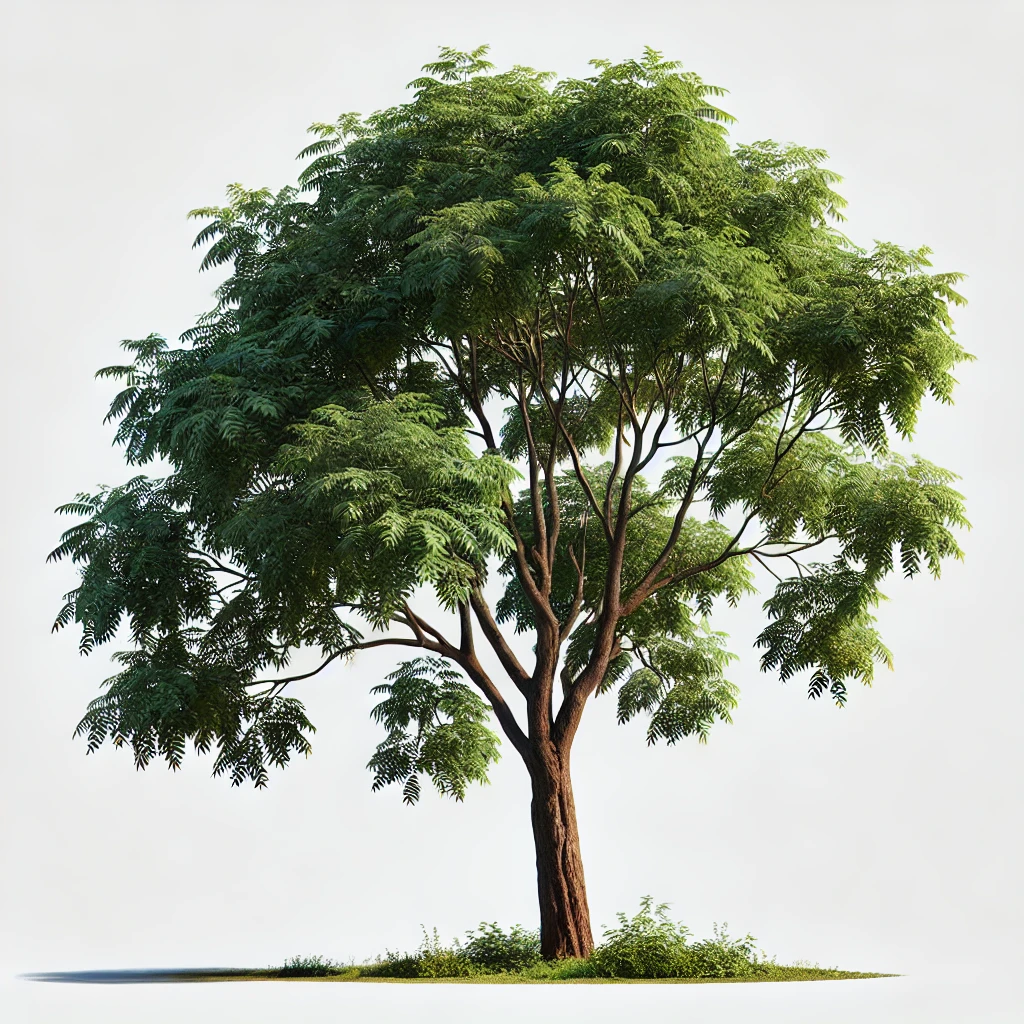
- Description: Fast-growing evergreen tree.
- Appearance: Medium to large tree, dark green leaves.
- Location: India, Southeast Asia.
- Ideal Weather: Tropical and subtropical climates.
- Ideal Season: Year-round.
- Ideal Temperature: 50-95°F (10-35°C).
- Uses: Medicinal, pest control, shade, environmental benefits.
African Neem (Azadirachta indica var. siamensis)
African Neem is similar to Indian Neem but is primarily grown in African countries. It shares many of the same beneficial properties and uses.
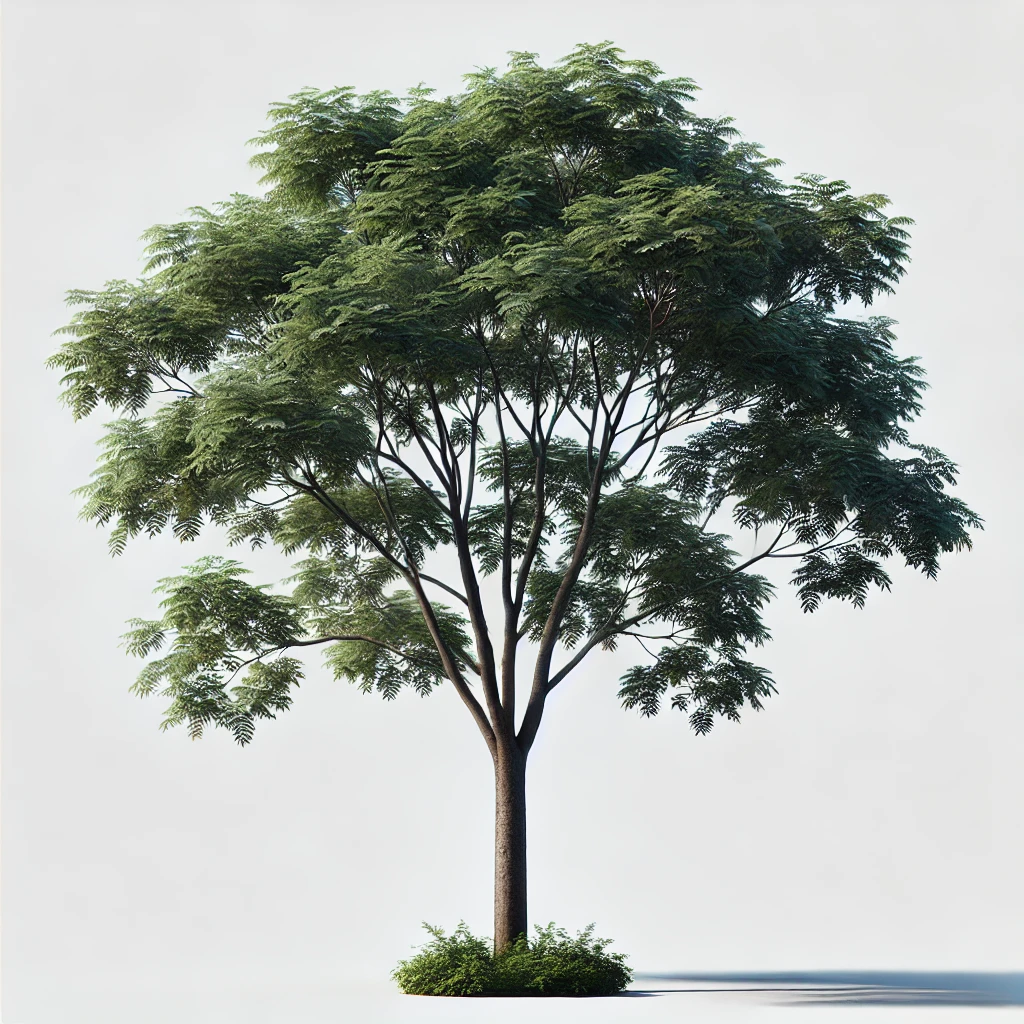
- Description: Fast-growing evergreen tree.
- Appearance: Similar to Indian Neem, dark green leaves.
- Location: Africa.
- Ideal Weather: Tropical and subtropical climates.
- Ideal Season: Year-round.
- Ideal Temperature: 50-95°F (10-35°C).
- Uses: Medicinal, pest control, shade, environmental benefits.
2. Rare Neem Varieties
Dwarf Neem (Azadirachta indica var. dwarf)
Dwarf Neem is a smaller version of the common neem tree, making it suitable for limited spaces and container gardening.
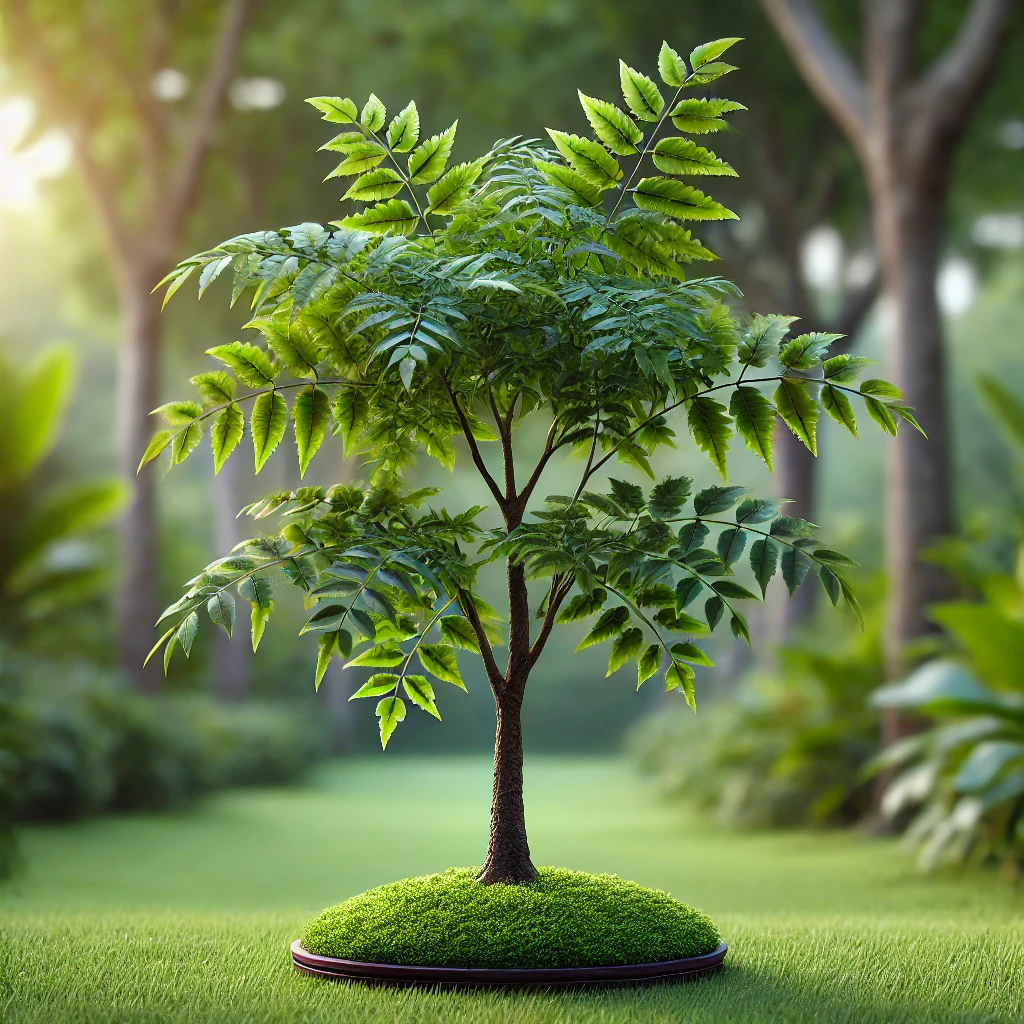
- Description: Smaller, compact growth.
- Appearance: Small to medium tree, dark green leaves.
- Location: India, selectively cultivated.
- Ideal Weather: Tropical and subtropical climates.
- Ideal Season: Year-round.
- Ideal Temperature: 50-95°F (10-35°C).
- Uses: Medicinal, pest control, container gardening, ornamental.
3. Exotic Neem Varieties
Hybrid Neem (Azadirachta indica hybrid)
Hybrid Neem is a crossbreed designed to enhance certain traits such as growth rate and pest resistance. These are selectively cultivated for specific uses.
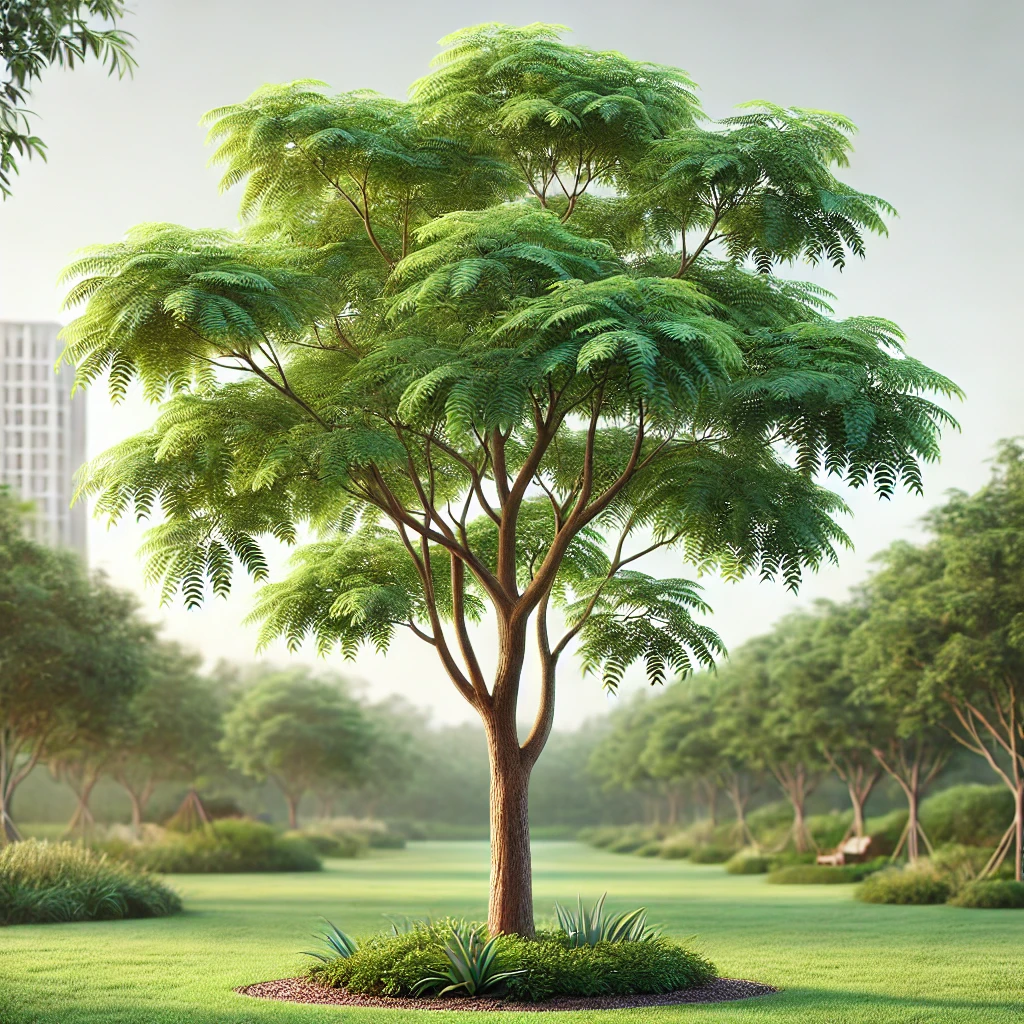
- Description: Enhanced growth and pest resistance.
- Appearance: Varies depending on hybridization.
- Location: India, Africa.
- Ideal Weather: Tropical and subtropical climates.
- Ideal Season: Year-round.
- Ideal Temperature: 50-95°F (10-35°C).
- Uses: Medicinal, agricultural, environmental benefits.
4. All-Weather Neem Varieties
Thai Neem (Azadirachta siamensis)
Thai Neem, also known as Siamese neem, is adapted to thrive in a wide range of environmental conditions, including arid and semi-arid regions.

- Description: Drought-resistant, hardy tree.
- Appearance: Medium to large tree, dark green leaves.
- Location: Thailand, Southeast Asia.
- Ideal Weather: Tropical, subtropical, and arid climates.
- Ideal Season: Year-round.
- Ideal Temperature: 50-95°F (10-35°C).
- Uses: Medicinal, pest control, environmental benefits, reforestation.
5. Best Neem Varieties for Specific Uses
Medicinal Uses: Indian Neem (Azadirachta indica)
Indian Neem is renowned for its broad range of medicinal applications, including anti-inflammatory, antibacterial, and antifungal properties.
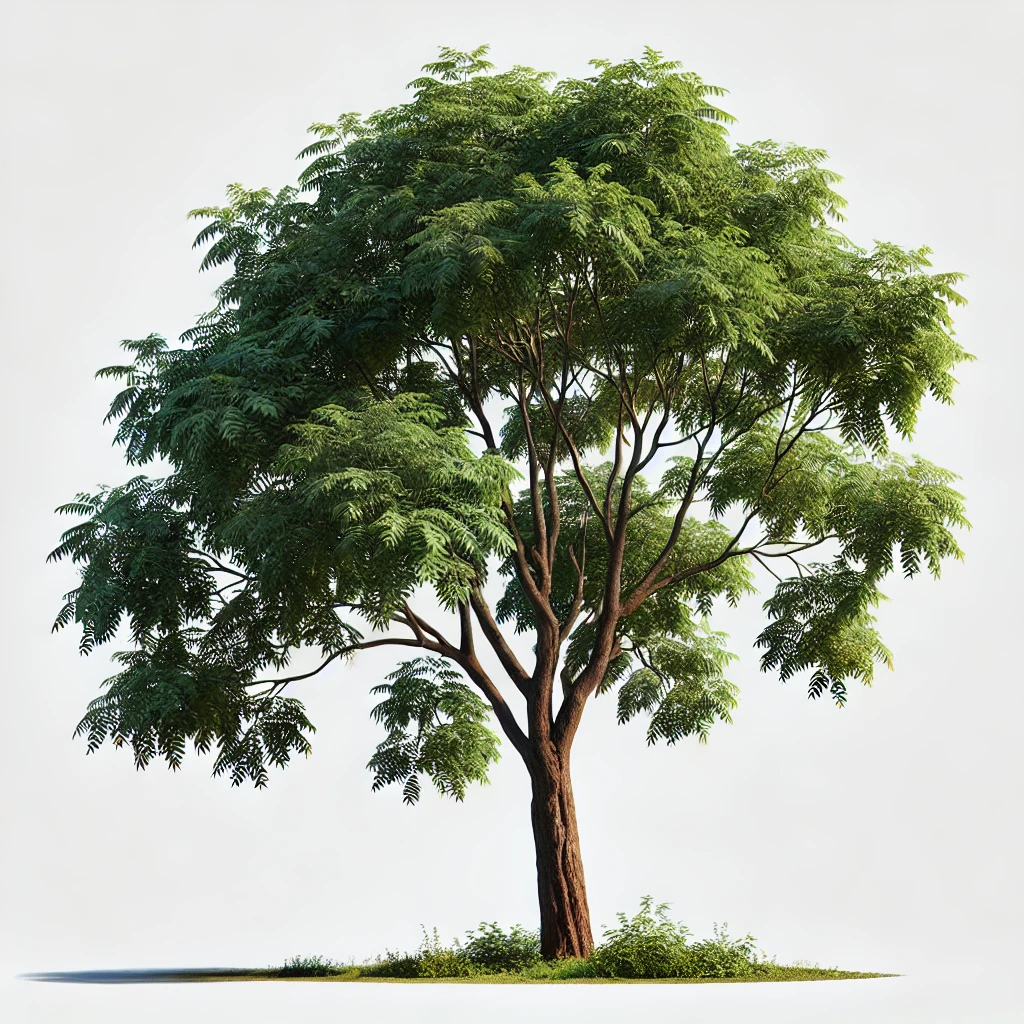
- Description: Fast-growing evergreen tree.
- Appearance: Medium to large tree, dark green leaves.
- Location: India, Southeast Asia.
- Ideal Weather: Tropical and subtropical climates.
- Ideal Season: Year-round.
- Ideal Temperature: 50-95°F (10-35°C).
- Uses: Medicinal (skin treatments, digestive health, immune support).
Agricultural Uses: African Neem (Azadirachta indica var. siamensis)
African Neem is extensively used in agriculture for its natural pest control properties and soil improvement benefits.
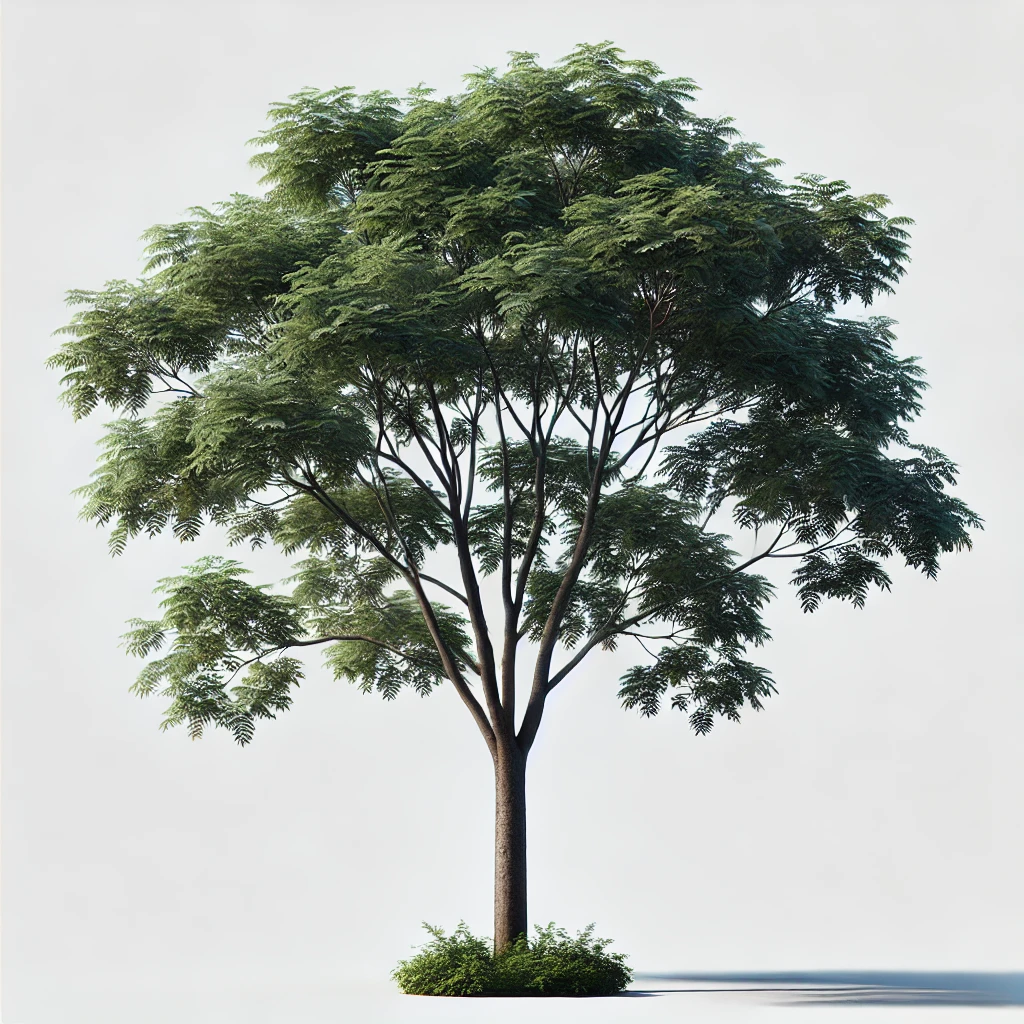
- Description: Fast-growing evergreen tree.
- Appearance: Similar to Indian Neem, dark green leaves.
- Location: Africa.
- Ideal Weather: Tropical and subtropical climates.
- Ideal Season: Year-round.
- Ideal Temperature: 50-95°F (10-35°C).
- Uses: Agricultural (pesticides, soil conditioner, livestock feed).
6. Additional Neem Varieties
Neem Bonsai (Azadirachta indica var. bonsai)
Neem Bonsai is a miniature version of the neem tree, cultivated for decorative purposes and indoor gardening.
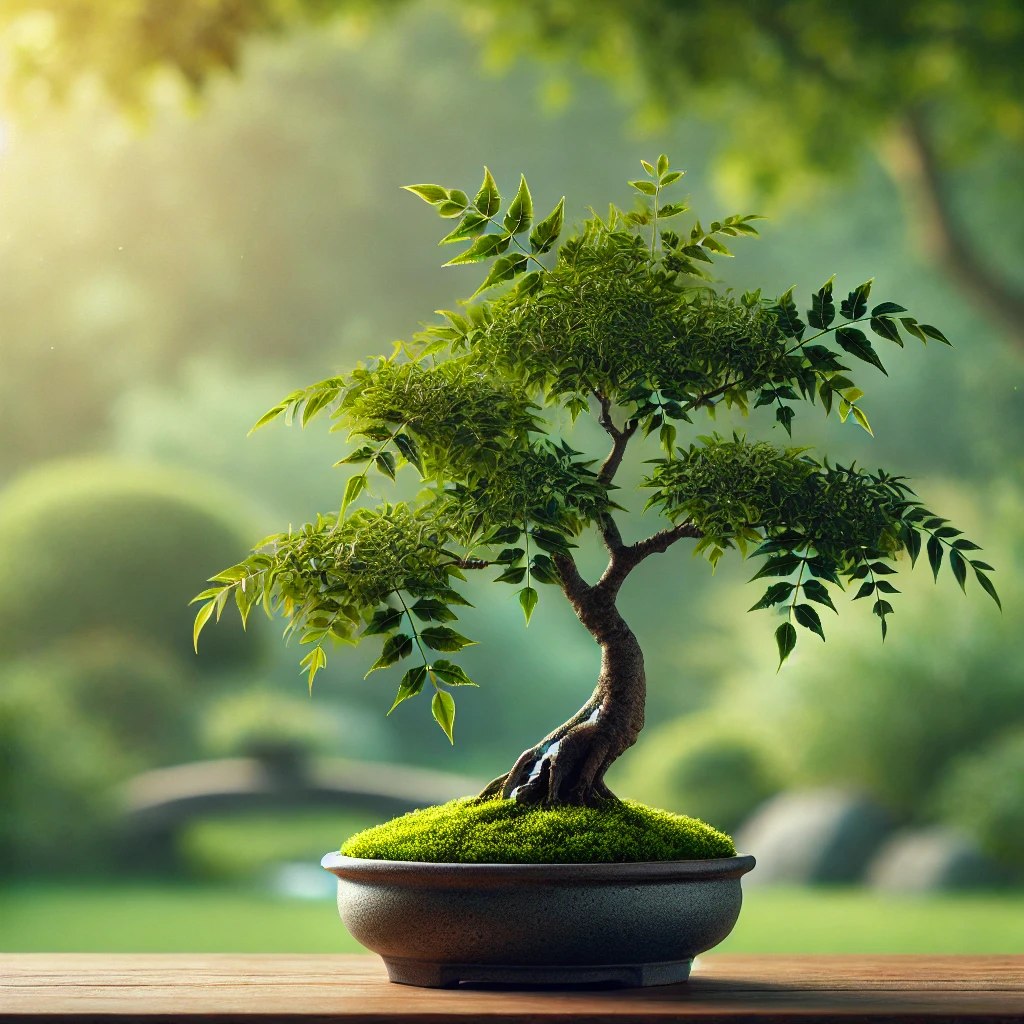
- Description: Small, aesthetically shaped.
- Appearance: Miniature tree, dark green leaves.
- Location: Selectively cultivated worldwide.
- Ideal Weather: Indoor climates.
- Ideal Season: Year-round.
- Ideal Temperature: 50-95°F (10-35°C).
- Uses: Ornamental, indoor gardening.
Neem trees come in a variety of types, each with unique characteristics that make them suitable for different applications. By understanding these varieties, you can select the perfect neem tree for your medicinal, agricultural, environmental, or ornamental needs.



